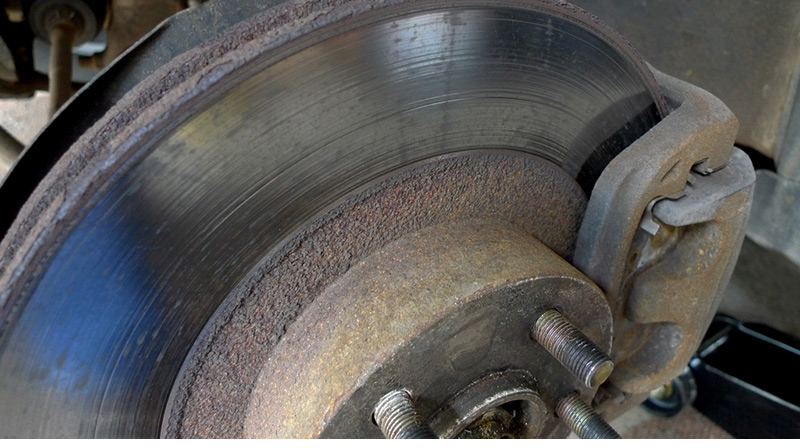POLLUTION
 Recent wildfires and catastrophic hurricanes are proof of man-made global warming, most of the air pollution results from burning of fossil fuels to run our cars.
Pollution profoundly affects air causing gaps in the ozone layer.
Passenger vehicles are a major pollution contributor, producing significant amounts of nitrogen oxides, carbon monoxide, and dust pollution. The effects of passenger cars pollution are widespread, poor air quality and detrimental to the environment.
Recent wildfires and catastrophic hurricanes are proof of man-made global warming, most of the air pollution results from burning of fossil fuels to run our cars.
Pollution profoundly affects air causing gaps in the ozone layer.
Passenger vehicles are a major pollution contributor, producing significant amounts of nitrogen oxides, carbon monoxide, and dust pollution. The effects of passenger cars pollution are widespread, poor air quality and detrimental to the environment.  According to the Environmental Protection Agency, motor vehicles collectively cause 75 percent of carbon monoxide pollution in the U.S. Personal vehicles are a major cause of global warming. Burning 1 gallon - 3.78 liter of gas creates 20 pounds - 9 kg of carbon dioxide, the average car emits about 6 tons of carbon dioxide every year.
According to the Environmental Protection Agency, motor vehicles collectively cause 75 percent of carbon monoxide pollution in the U.S. Personal vehicles are a major cause of global warming. Burning 1 gallon - 3.78 liter of gas creates 20 pounds - 9 kg of carbon dioxide, the average car emits about 6 tons of carbon dioxide every year.
Federal Environmental Protection Agency fuel economy standards require automakers to improve fuel efficiency to 54.5 mpg - 23 kpl by 2025. France and the United Kingdom will end sales of gasoline and diesel vehicles by 2040, banning petrol and diesel cars - going all electric. The Netherlands has mooted a 2025 ban for diesel and gasoline cars, and federal states in Germany are keen on a 2030 phase-out of sales of gasoline and diesel vehicles.
 Pollution from the brakes
Pollution from the brakes
As they wear out, brake pads release particles of dust in the ambient air, and those cause cardio-respiratory problems. The frictional contact between the disc and the pads generates particles of various sizes. Apart from the mechanical abrasion, vehicle brakes become subject to large frictional heat generation with subsequent wear of linings and rotors. This generates mostly micron-sized particles, approximately 50% of wear particles lie into diameters smaller than 20μm.
Modern brakes are composites of many different ingredients, chemical properties of the parent lining material are often modified due to high temperatures and pressures during the braking process. Brake wear has been recognized as one of the most important non-exhaust traffic-related sources of air pollution.
It is estimated that approximately 50% of total brake wear is emitted as airborne, the rest may deposit on the road. Brake wear contains particles from all fractions involved in the respiratory problems.
Additionally, some constituents of airborne brake wear particles have been recognized as dangerous for human health.
There are an estimated 260 million registered passenger vehicles in the United States and over 33 million registered in Canada. Brake dust from all those vehicles contributes to the billions that we spend each year on pollution-related healthcare. Roughly 150 million brake pads have to be replaced every year.
References:
- U.S. National Library of Medicine, National Institutes of Health.
- Environmental Protection Agency
- Statistics Canada.